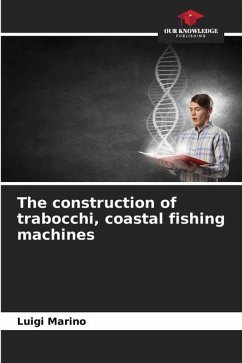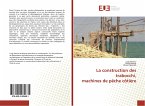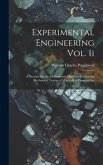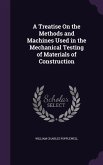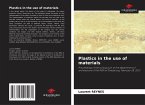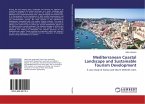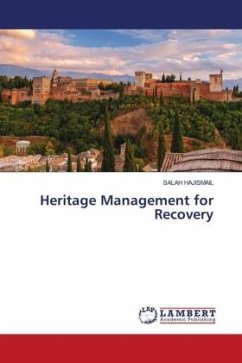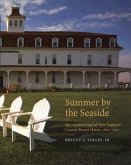In the history of the built environment, certain phenomena often occur more or less homogeneously over long periods of time, so as to stabilise their subsequent development. Thus, in general, they may become predictable, even reassuring. More often, however, an event may create the conditions for accelerated and/or sudden changes. These, in turn, subject to chain reactions, will cause deviations in a development which, until then, seemed immutable. One example of these dynamics is given by the history of the "trabocchi", wooden machines for coastal fishing. This study documents an important phenomenon that has marked the economy of the coastal populations and analyses some less explored constructive aspects (typologies, choice of materials, ways of assembling components, devices, maintenance procedures, adaptation to new uses, etc.). The volume gathers the results of a vast research conducted by the University of Florence (Department of Architecture). This extensive work is basedon detailed survey campaigns and extensive documentation.
Bitte wählen Sie Ihr Anliegen aus.
Rechnungen
Retourenschein anfordern
Bestellstatus
Storno

